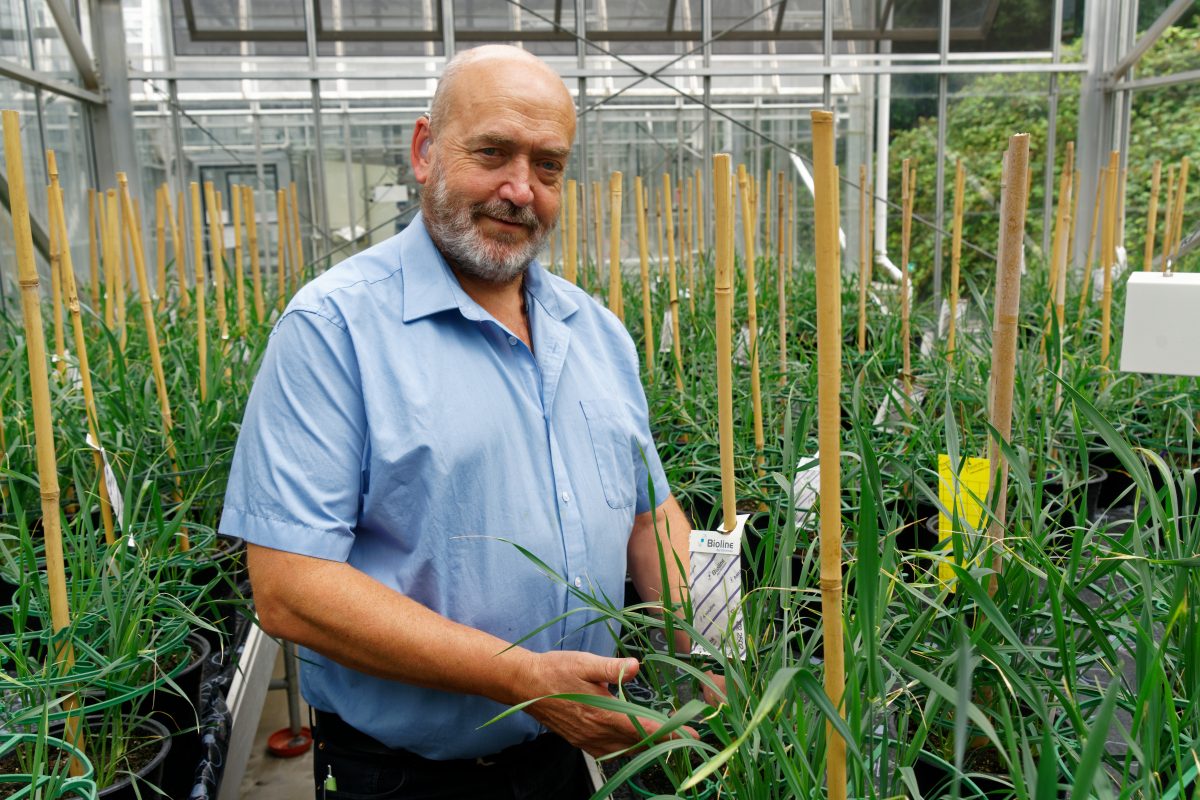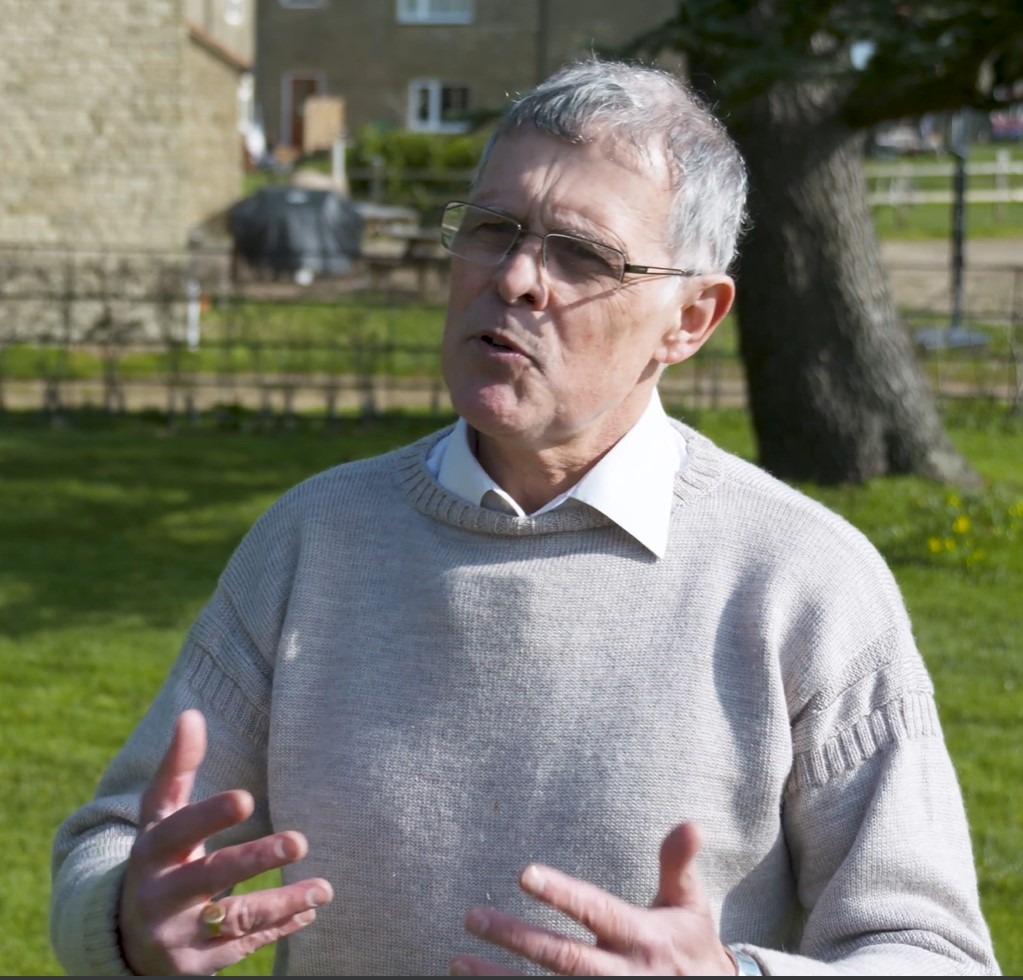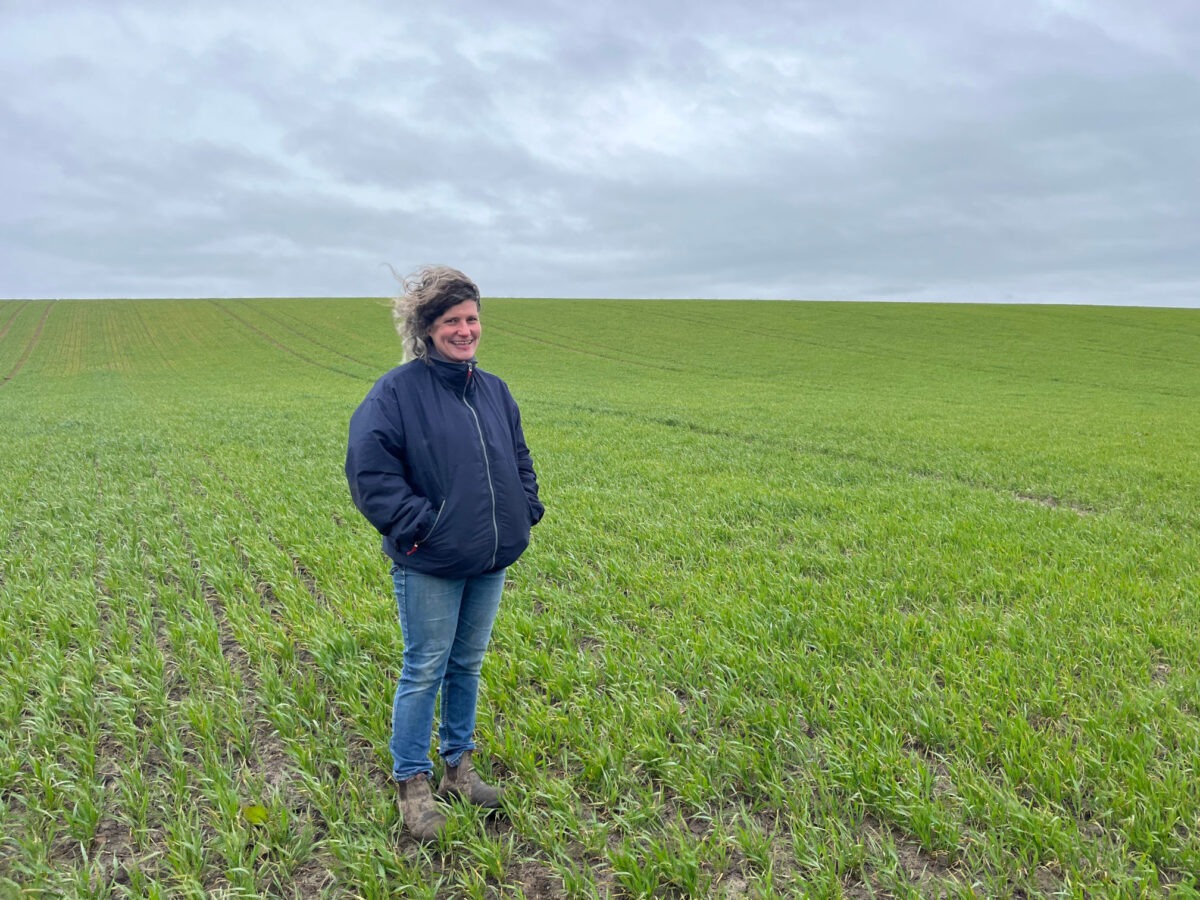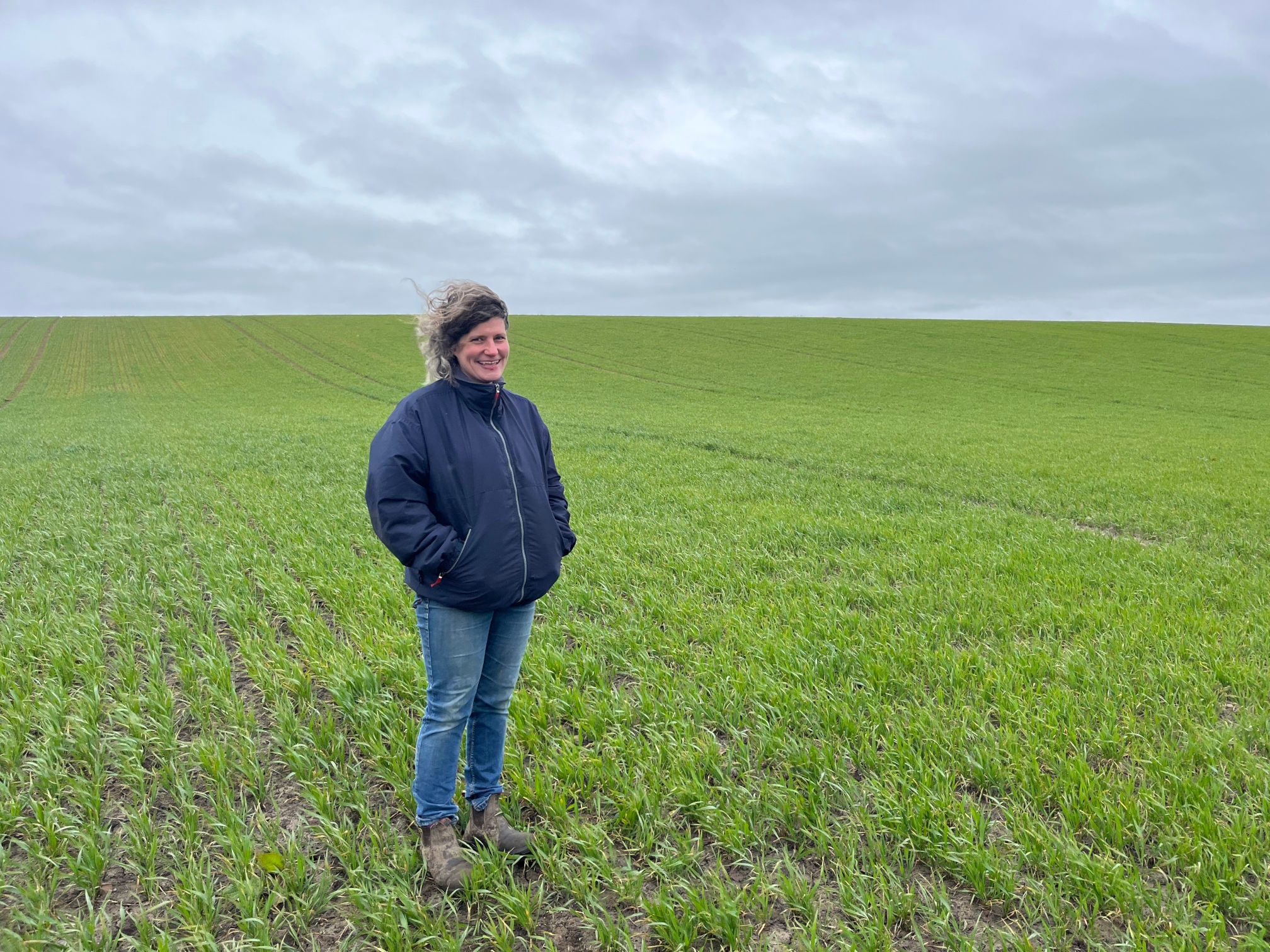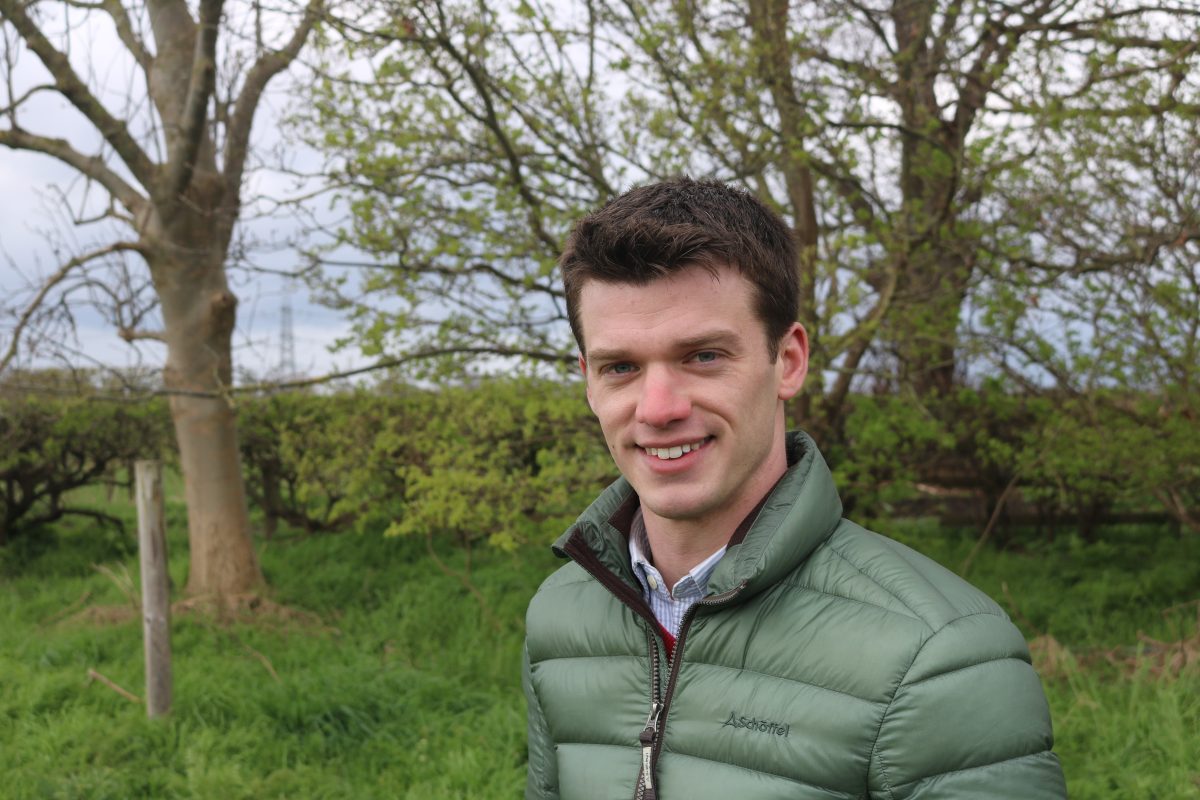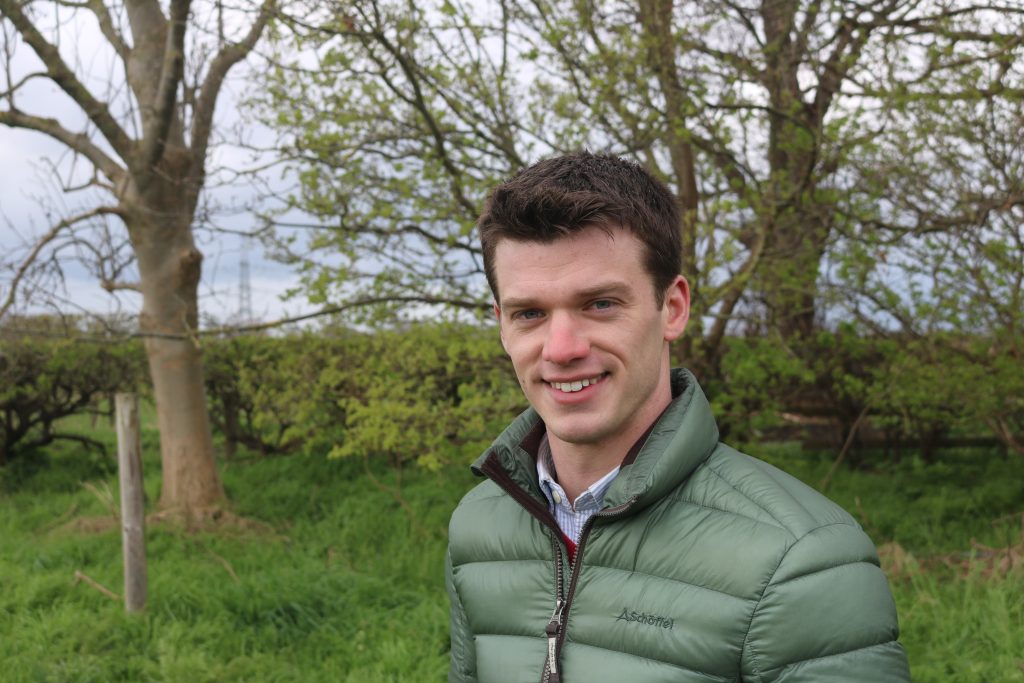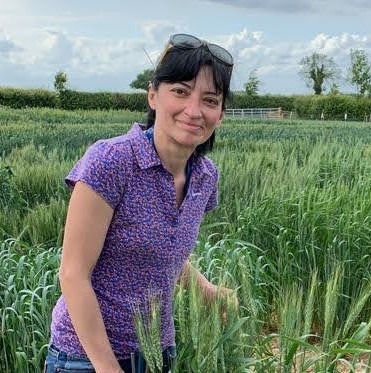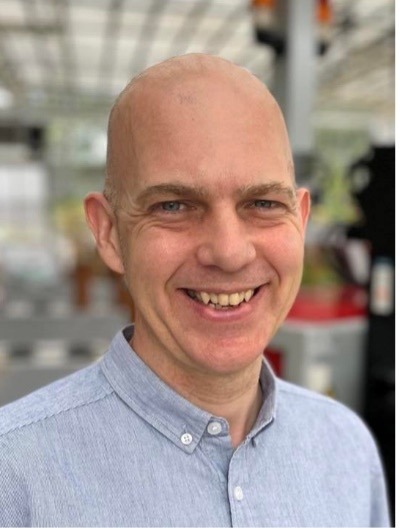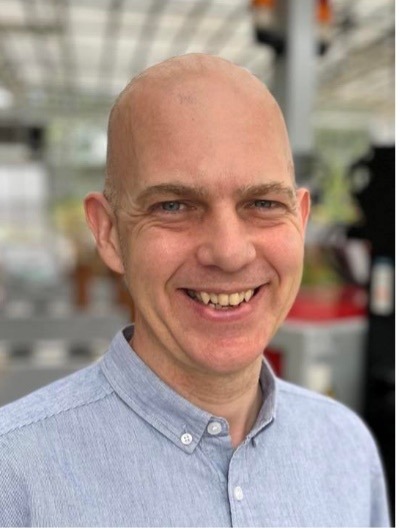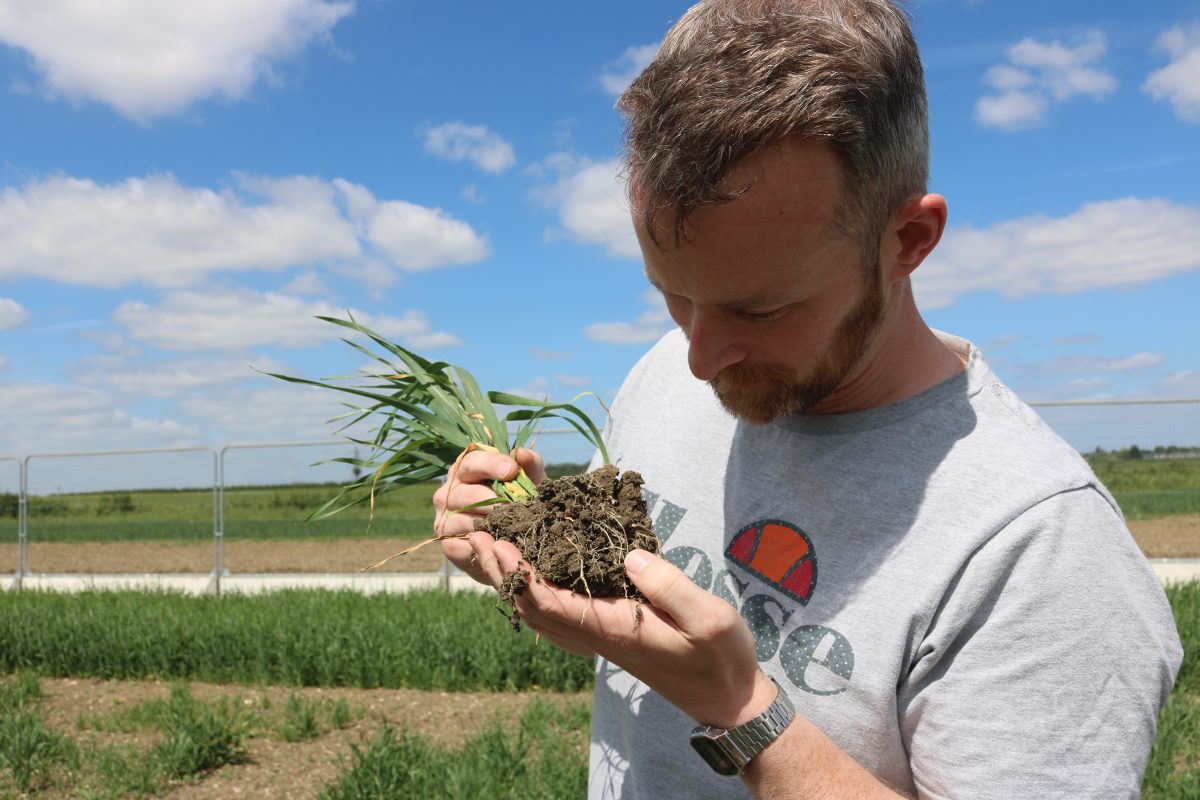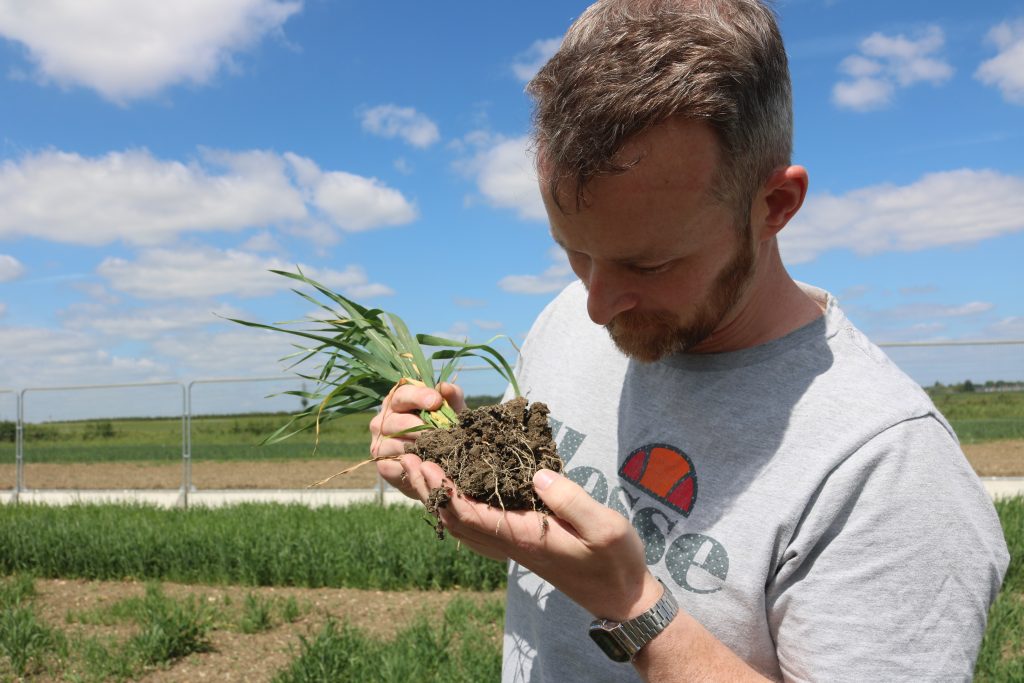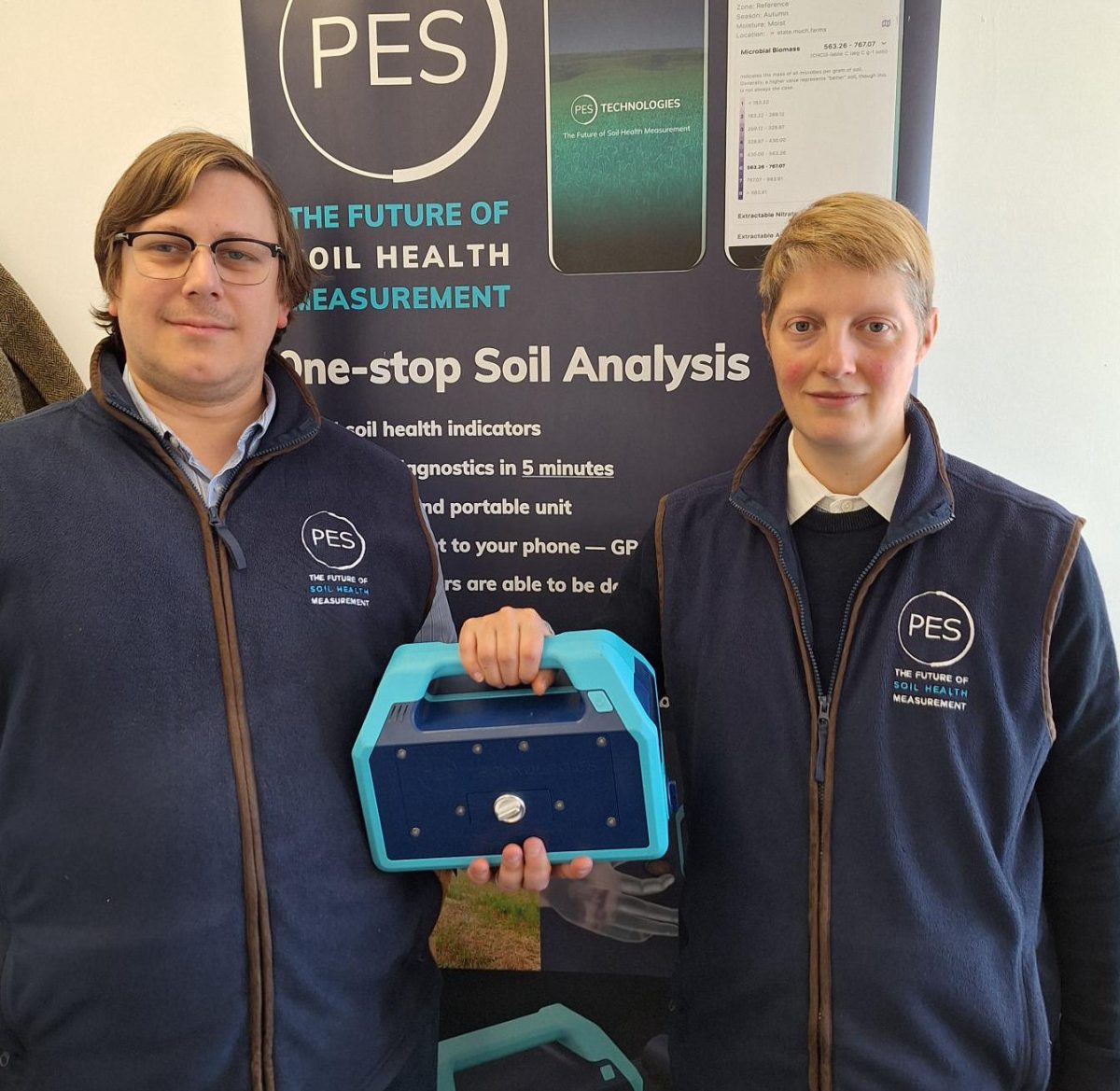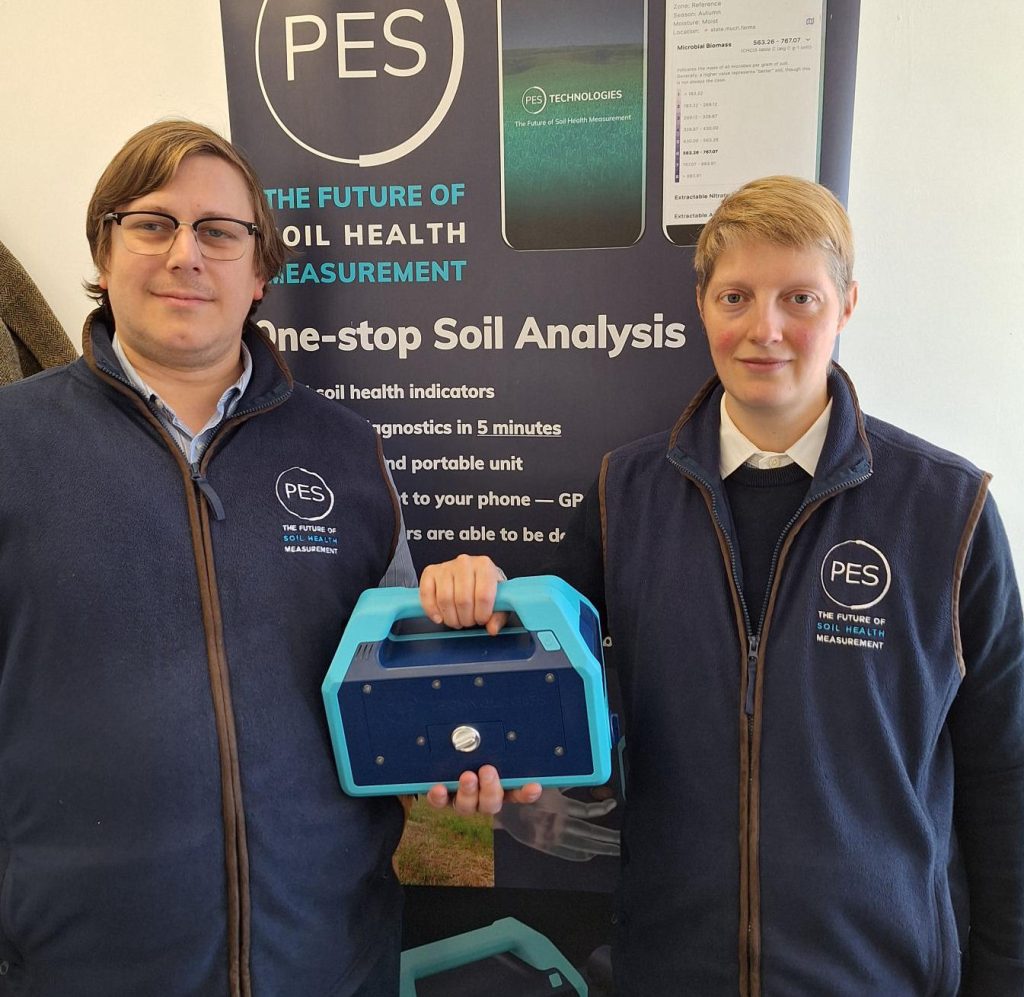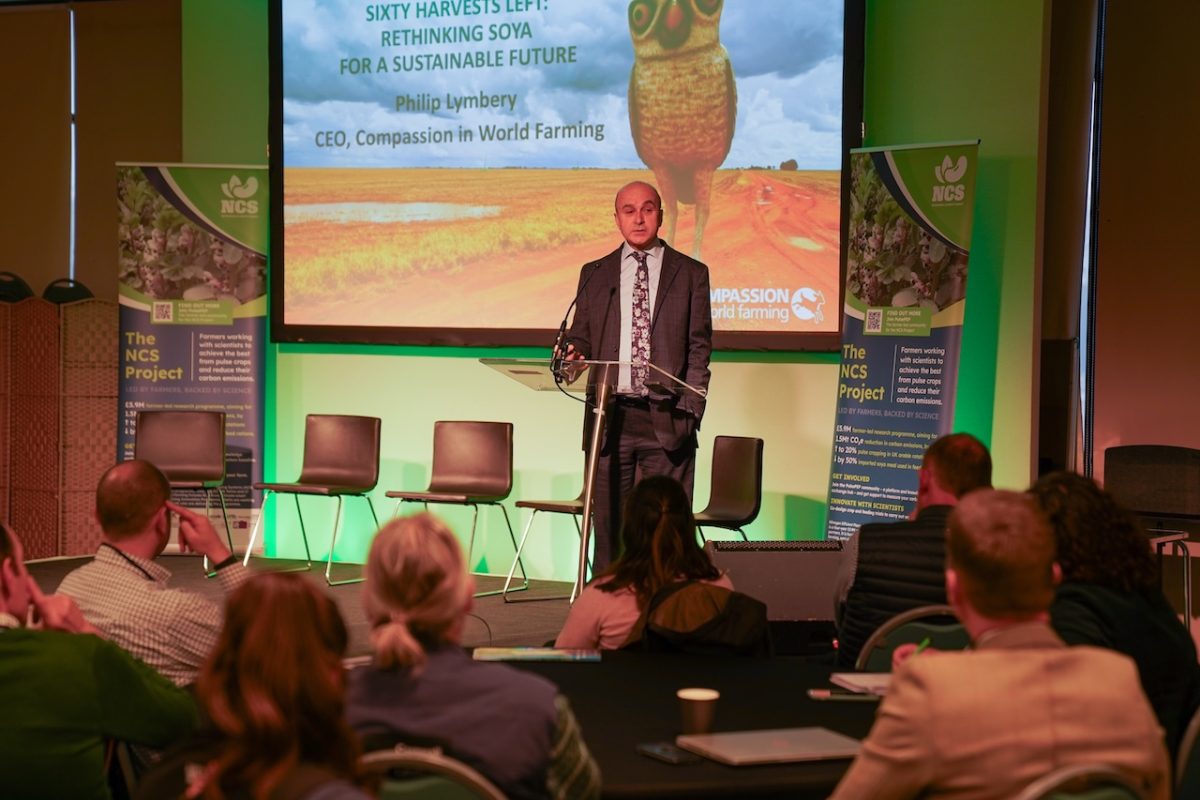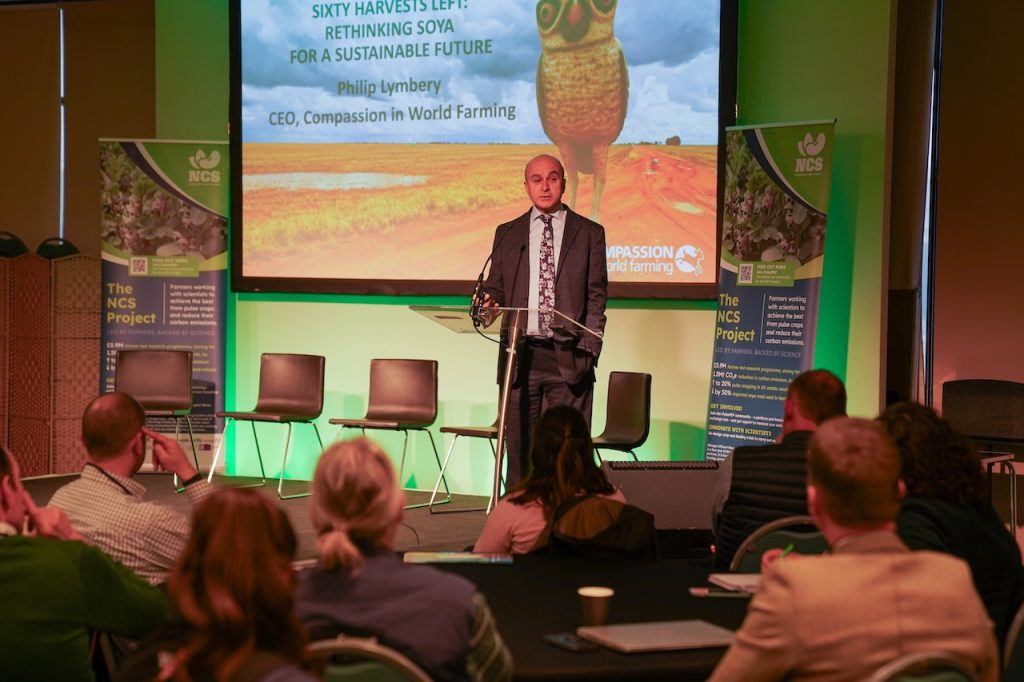The British On-Farm Innovation Network recently celebrated its fifth anniversary, marking a milestone in its mission to bring together farmers, scientists and innovators to tackle on-farm challenges through practical, farmer-led trials.
Founded by Oxfordshire farmer and award-winning agricultural journalist Tom Allen-Stevens BOFIN started life as a small group of farmers who came together to run unfunded on-farm trials of wheat varieties showing potential slug resistance.
Since then, it has grown to a network of 700 farmers of which almost 100 are engaged in paid on-farm trials as part of four Defra-funded projects. BOFIN’s wider membership also includes more than 350 scientists and innovators, and 450 other agri-professionals including agronomist and farm advisors. It also has nearly 3,000 citizen scientist members who primarily joined to take part as Slug Scouts to collect and post slugs to scientists involved in the SLIMERS project.
As we start our new trial year BOFIN has distributed more than £350,000 in payments to the farmers engaged in its projects with a further £200,000 to be paid out over the coming season.
Together our progressive farmers have delivered 127 on-farm trials and collected hundreds and thousands of data points, contributing to increased knowledge and understanding of crops, soil and pest management.
“BOFIN started with simple trials of slug- resistant wheat and has since become a movement for evidence-based innovation,” says Tom Allen-Stevens. “In just five years, we’ve shown that when farmers lead, supported by researchers and industry, we can develop solutions that make a real difference.”
Together BOFIN farmers and researchers are:
• Developing sustainable slug control through the SLIMERS project
• Improving understanding of soil/root interactions and soil testing methods in the TRUTH project
• Testing the potential of traits introduced by precision breeding through the PROBITY project, and
• Exploring the potential of pulses in the arable rotation and as a replacement for imported soya as part of the NCS project.
“Our farmers have demonstrated not only incredible commitment to innovation over the past five years, but also superb ability to carry out trials to a high standard,” adds Tom.
Professor Keith Walters of Harper Adams University agrees: “The data collected by farmers through the SLIMERS project has been consistently excellent, matching the standards we would expect from a trained researcher. Thanks to the dedication of the Slug Sleuths, we have access to high-quality data from across the country, enabling us to develop accurate models for predicting slug patches. It is directly shaping the future of more effective slug control, but for me the biggest win is they keep us firmly rooted in the real world”.
Professor Cristóbal Uauy, Director of the John Innes Centre, adds: “BOFIN provides a valuable link between research and farmers, making sure that scientific innovation is shared with industry, tested in the field, and supports sustainable agriculture that works for the UK.
“As our research drives towards a new era of science-led agriculture, BOFIN continues to be a valuable forum that is uniting scientists and farmers – supporting us to find common aims and collaborate on new crop technologies, helping to solve issues from slugs to root health.”
Get involved!
BOFIN is open to anyone interested in agricultural innovation, whether you’re a farmer, consultant, agronomist, scientist, other agri-professional, citizen scientist or ‘just curious’.
Farmer members can apply to join our trials, but all members are welcome to get involved in knowledge exchange and discussion. BOFIN is based on a knowledge cluster model – the Soil Circle, Slug Circle, Sequence Circle and PulsePEP are our communities on The Farming Forum and WhatsApp – open to anyone wanting to learn more and discuss these topics.
Join the community at www.bofin.org.uk/GetInvolved
Found in:
Issue #3
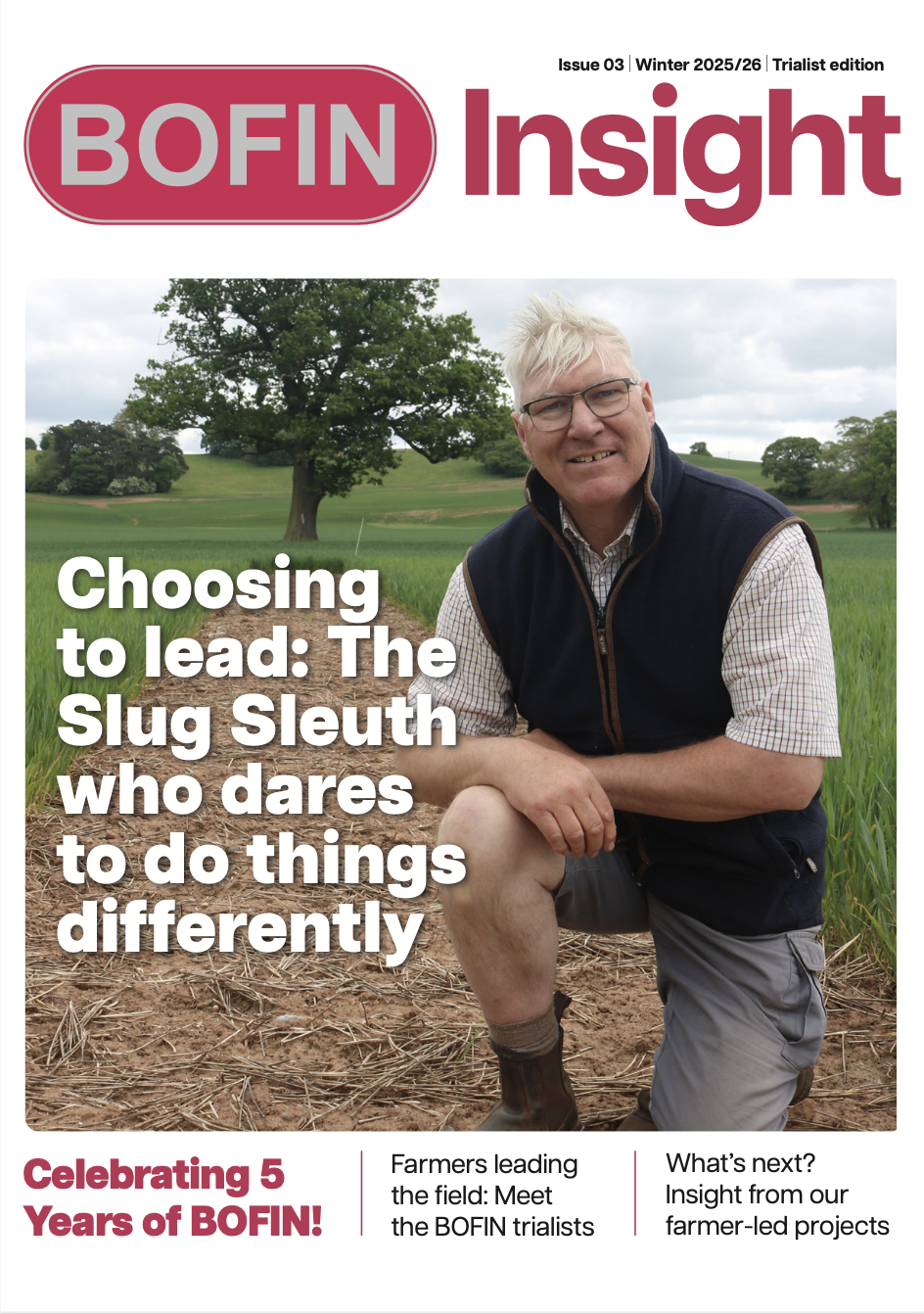
Farmers urged to take opportunity to lead innovation
Science, soil and sustainability focus at Manor Farm
Farmer and scientist collaboration helps to unearth soil secrets
Soya swap could cut agriculture’s carbon footprint
Gene-edited crops: A new frontier for England’s farmers?
Learning through on-farm trials
A dance to dazzle

